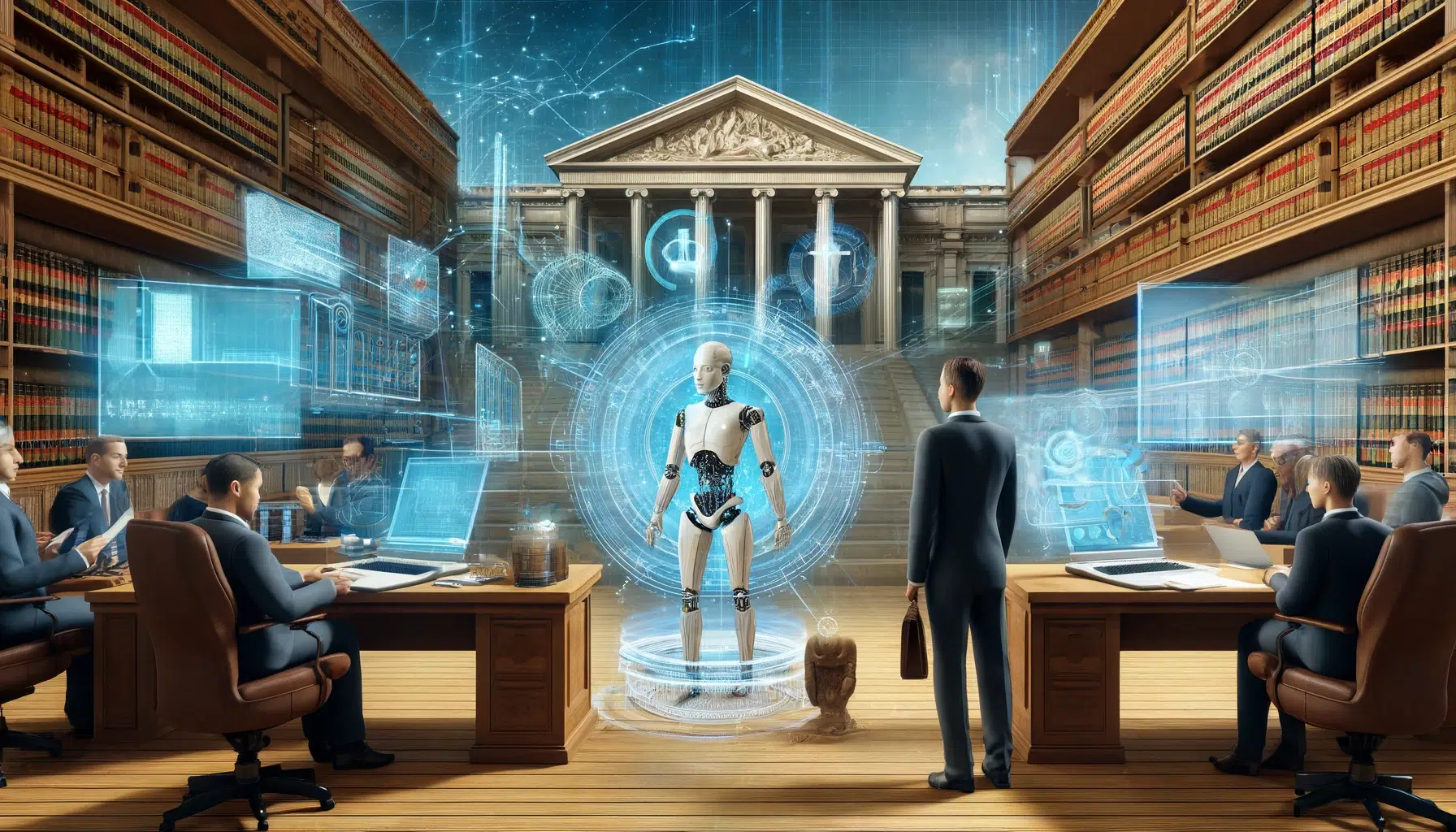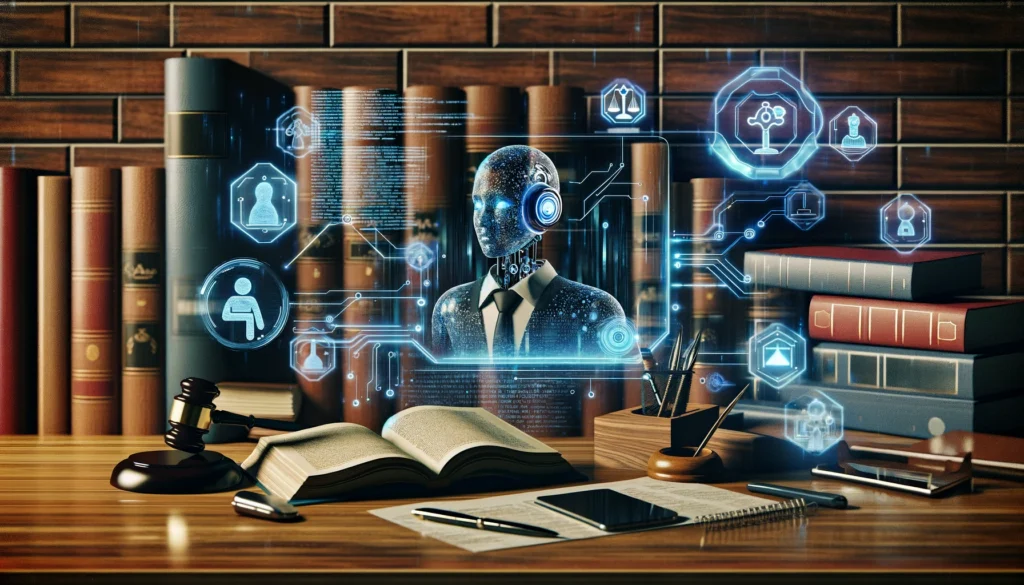
Trust Documents: Windows into the Past, Challenges for the Present
Trust documents aren’t just legal instruments; they’re time capsules, filled with the intentions, hopes, and sometimes even the eccentricities of people long gone. They’re glimpses into a past where “heretofore” and “hereinafter” were the height of legal fashion.
But what happens when you crack open that time capsule and find a document filled with language that feels more like Shakespeare than modern legalese? Historical trust documents can be a real head-scratcher. Ancient terminology, outdated laws, faded ink, and even the occasional coffee stain (we’ve seen it all!) can make deciphering them feel like an archaeological dig.
Enter ChatGPT, your trusty digital decoder ring. This AI tool isn’t afraid of a little dust or a few centuries-old phrases. It can help translate archaic language, summarize key points, and even compare those dusty provisions to today’s legal landscape. Suddenly, those historical documents aren’t quite so intimidating.
So, how exactly does one wield this AI-powered magnifying glass to illuminate the past? Let’s dive into how ChatGPT can transform your approach to analyzing these time-worn treasures.
ChatGPT: Your Trust Document Translator and Analyst
Imagine a legal scholar well-versed in both modern law and the language of centuries past, ready to decode and analyze those dusty trust documents that have been sitting on your shelves for far too long. That’s the potential of ChatGPT in your historical trust document toolkit.
Here’s where ChatGPT’s unique capabilities shine:
- Deciphering Archaic Language: Don’t let “heretofore” and “said party of the first part” stump you. ChatGPT can effortlessly translate archaic legal jargon into plain English, making those old trusts comprehensible again.
- Summarizing Key Provisions: Feed ChatGPT a lengthy trust document, and it can quickly distill it into a clear summary, highlighting the settlor’s intentions, beneficiary designations, trustee powers, and any special provisions.
- Spotting Potential Issues: ChatGPT can analyze the document for inconsistencies, ambiguities, or clauses that might be invalid under modern law. This helps you identify potential legal risks or areas that require further investigation.
- Bridging the Gap Between Past and Present: Curious how a trust from the 1800s would hold up in court today? ChatGPT can compare the provisions of the historical document with current laws in your jurisdiction, highlighting key differences and potential conflicts.
Remember:While ChatGPT is a powerful tool, it's not a licensed attorney. Its analysis should always be viewed as a starting point for further research and consultation with a legal expert.
Ready to roll up your sleeves and put ChatGPT to work? Let’s dive into the art of crafting prompts that will transform your historical trust document analysis.
Also read:
Prompting for Historical Trust Document Clarity
The key to unlocking ChatGPT’s analytical power lies in asking the right questions. Here’s how to craft prompts that will shine a light on those dusty trust documents:
Language Translation
- Prompt: “Translate the following passage into modern legal English: [Insert text from trust document].”
- Purpose: Make the document’s language accessible for easier interpretation and analysis.
- Example: “Translate the following passage: ‘The trustee shall hold said property in trust for the use and benefit of my beloved wife, Mary, during her natural life, and upon her decease, to my children, share and share alike.’”
Provision Summary
- Prompt: “Summarize the key provisions of this trust document: [Insert document or link]. Include the settlor’s intentions, beneficiary designations, trustee powers, and any special instructions or conditions.”
- Purpose: Get a quick overview of the trust’s purpose and structure without having to read the entire document.
- Example: “Summarize the key provisions of the John Smith Family Trust dated January 1, 1920.”
Ambiguity Identification
- Prompt: “Identify any clauses or terms in this trust document that may be ambiguous or subject to multiple interpretations under current law. Explain why they are ambiguous and suggest possible solutions or clarifications.”
- Purpose: Pinpoint potential areas of conflict or confusion that could lead to legal disputes.
- Example: “Identify any ambiguous terms in the Sarah Johnson Trust dated July 15, 1955.”
Comparative Analysis
- Prompt: “Compare the provisions of this historical trust document to modern trust law in [Jurisdiction]. Highlight any significant differences or potential conflicts that could arise in today’s legal environment.”
- Purpose: Understand how the trust’s provisions might be interpreted or enforced under current laws.
- Example: “Compare the provisions of the William Brown Trust dated March 3, 1888, to current trust law in New York State.”
Clarification of Specific Clauses
- Prompt: “Explain the meaning and legal implications of the following clause in this trust document: [Insert clause]. Consider the historical context and any relevant case law or statutes from that period.”
- Purpose: Gain a deeper understanding of a specific provision and how it might be interpreted in light of historical and legal context.
- Example: “Explain the spendthrift clause in the Elizabeth Taylor Trust dated October 12, 1932.”
Important Note:Remember to provide ChatGPT with as much context as possible, such as the date and jurisdiction of the trust document, to get the most accurate and relevant responses.
Beyond deciphering legalese, ChatGPT can be your partner in historical detective work. Let’s see how you can use it to dig deeper into the context surrounding your trust documents.
Also read:
Beyond the Text: ChatGPT for Historical Context and Research
Analyzing historical trust documents isn’t just about deciphering legalese; it’s about understanding the context in which they were created. Who was the settlor? What were their motivations? What was the legal and social landscape like when the trust was established? ChatGPT can be your time-traveling companion, helping you uncover these crucial details.
Here are some ways to put ChatGPT’s historical research capabilities to work:
- Digging into the Past:
- Prompt: “Who was [settlor’s name]? Provide biographical information and any relevant details about their social standing, occupation, or family life that could shed light on their intentions in creating this trust.”
- Prompt: “Research the historical context of [year the trust was created]. What were the prevailing laws and social norms regarding inheritance, trusts, and family relationships?”
- Uncovering Hidden Clues:
- Prompt: “Analyze the language and tone of this trust document. What can it reveal about the settlor’s personality, values, or concerns?”
- Prompt: “Are there any references in this trust document to historical events or figures that could provide additional context or insights?”
- Expanding Your Research:
- Prompt: “Suggest additional resources or sources where I can find more information about [settlor’s name], [beneficiaries’ names], or the historical context surrounding this trust.”
Remember:ChatGPT's knowledge of history is based on the data it has been trained on. While it can provide valuable information, always verify its findings with reputable historical sources and consult with experts when needed.
While the potential of ChatGPT in historical trust document analysis is exciting, responsible and ethical use is paramount. Let’s delve into the considerations for ensuring accuracy and safeguarding trust assets.
Also read:
Ethical Considerations and the Role of Legal Expertise
While ChatGPT can unearth a treasure trove of information from historical trust documents, it’s crucial to remember that it’s not a substitute for the nuanced judgment and experience of a legal professional. Think of it as a research assistant, not a replacement for the lawyer’s wisdom.
Here are some key ethical considerations to keep in mind:
- Accuracy and Verification: While ChatGPT can translate and summarize historical text, it’s not infallible. Always verify information against original sources, historical context, and relevant case law. Treat ChatGPT’s output as a starting point for your own research and analysis.
- Legal Interpretation: ChatGPT can’t offer legal advice or make binding interpretations of trust provisions. Its role is to provide information and insights, but the ultimate responsibility for legal interpretation rests with the attorney.
- Protecting Trust Assets: The stakes are high when dealing with trust documents, often involving significant assets and complex family dynamics. Always proceed with caution, exercise professional judgment, and seek expert advice when needed to ensure the trust is administered properly and the settlor’s intentions are honored.
- Balancing Efficiency with Diligence: While ChatGPT can accelerate research and analysis, it’s important not to rush the process. Thoroughness and attention to detail remain essential in ensuring accurate interpretation and protecting the interests of all parties involved.
In Conclusion: ChatGPT is a powerful tool that can revolutionize the way legal professionals approach historical trust documents. By using it responsibly and in conjunction with legal expertise, you can unlock valuable insights, streamline your workflow, and ensure that the legacy of these documents is preserved and honored.


